 Loading... Please wait...
Loading... Please wait...Shop Categories
Popular Brands
Exclusive Email Deals & Coupons
Buckmaster
Buckmaster OCF Antennas are made from the best quality materials and are designed to give you years of trouble-free service. Features include:
Heavy duty stainless 1/4 inch center threaded, cemented with lock nut eyebolt supports the off center enclosure for years of trouble free service
Permanently sealed white PVC weatherproof center enclosure containing the potted autotransformer acting as 6:1 voltage balun, high-quality crimps and wire stress relief
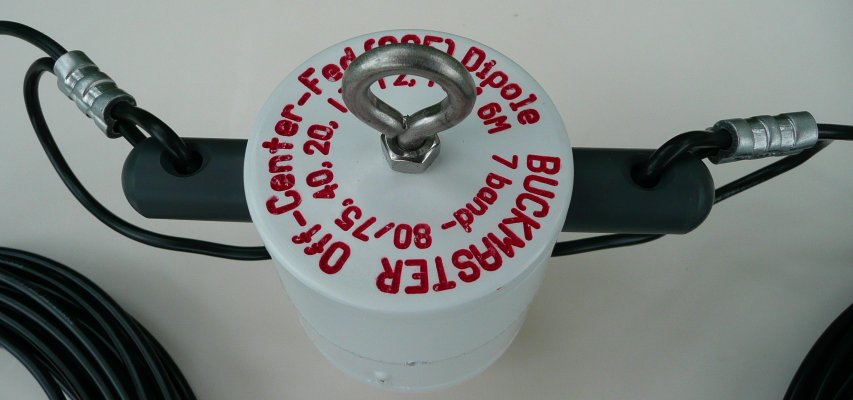
Flexible, tinned, 12 gauge, 65 strand, PVC coated copper wire
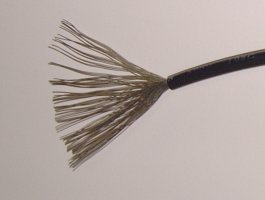
Crimped on gray end insulators, high-quality crimps, even a cap to protect end of wire!
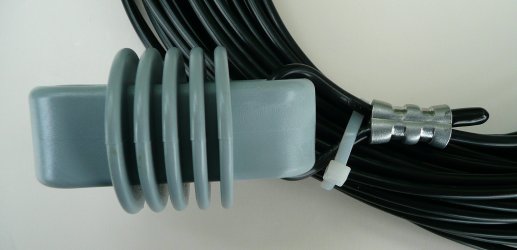 Special drip collar around the one-piece silvered SO-239 connector with beryllium copper pin.
Special drip collar around the one-piece silvered SO-239 connector with beryllium copper pin.
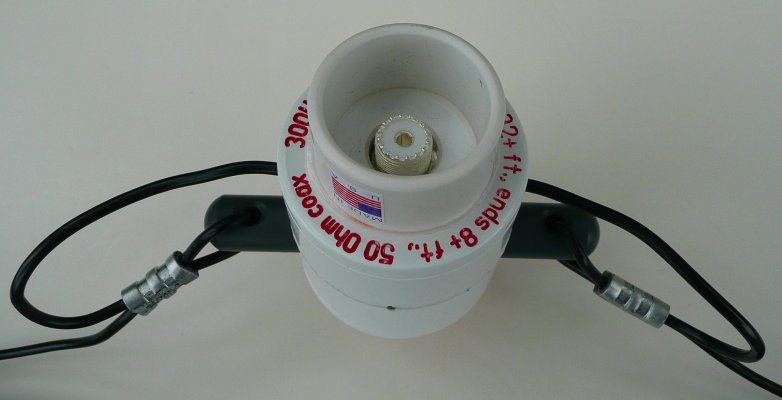
No trimming - fully assembled, complete and ready to go
No external hardware to loosen or corrode
Installation Info
Hang the center from an object such as a tree limb or a non-metallic pole. If hanging from a metal tower the antenna needs to be separated from the tower by a non-metallic means such as a standoff pole or hung from the tower with 10 feet of rope and pulled away from the tower with the legs of the antenna
If you don't have anything to hang the center from, consider using a 'messenger line' between two supports (trees, etc.) consisting of a run of good quality, UV protected rope with a pulley at one support. Tie the OCF balun along this line in a spot that works for you (and will allow the balun to be reached from the ground) and run the coax away at a ninety degree angle (as possible). This takes tension off of the antenna legs and the pulley at one support makes it easy to take things down for service or inspection (be sure the rope is long enough). Also be sure to make allowances for support trees swaying in the wind by using a weight such as a gallon milk jug or two and a pulley to handle the movement of the tree supports
Install in a straight line, and at least 10 feet away from any metallic objects such as poles, towers, house wiring, fences, or gutters.
Usually works best as an "inverted-V." Erecting at least 30 feet above ground is recommended. Each end can droop up to 30 degrees from horizontal, 180-(2*30)=120 degrees total is ideal, but anything from 120 to 180 degrees (flat) should work well. Ends should be 10 feet or more from the ground for safety reasons
Higher is not always better. If the center is mounted too high it can be hard to get the ends high enough to maintain a 120 to 180 degree (flat) angle.
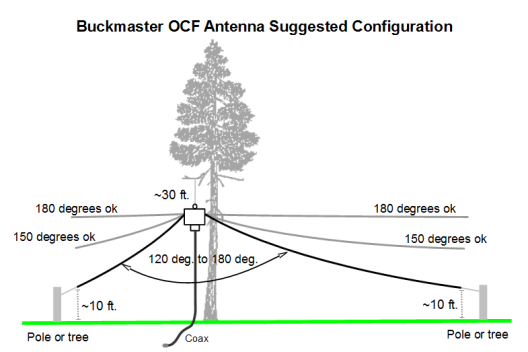
Small lot? With the legs at a 120 degree angle as viewed from the side and depending on how you secure the ends, the 4-Band antennas need at least 60 feet of ground space from end-to-end, 7-Band antennas need at least 120 feet of ground space, and 8-Band antennas need 238 feet of ground space
We recommend using rope and a pulley to hang the center balun, so the antenna can be easily lowered for easy access.
Use good quality 50 Ohm coaxial cable with appropriate power rating such as: RG58, RG8X, RG8, RG213, Belden 9913F7, Davis RF Bury-Flex. A coax with a dense (or double) braid is worth the money. Don't lose that weak signal in the coax!
Route coaxial feed line to the shack by running it straight down to the ground (not tied to a metallic structure or tower) and away from the antenna at a 90 degree angle as possible. The length of the feed line is not critical as the coax is NOT part of the radiating antenna. Shorter is usually better
Operating a Buckmaster OCF
We have used an antenna electrically equivalent to this for over 7 years with outstanding results.
We rate the Wattage on our antennas at exactly what we think they will do, so a 300 Watt antenna really will support about 300 Watts. Our 300 Watt antennas are designed for a 100 Watt transceiver with a good margin of error for less than perfect SWRs (which are hard to achieve on a multi-band antenna.) If you ever anticipate getting an amplifier, you need our 3,000 Watt model, it supports legal limit with a good margin of error.
Check your SWR numbers on each band before putting power into the antenna. If your SWR numbers are above 2.5 or so, reduce power when transmitting.
We don't recommend using a tuner. A tuner can be used to make your transmitter happy, but remember a tuner does not change the antenna. With or without a tuner, be sure your SWR numbers are low before putting power into the antenna
The balun will test as a short when testing using a DC Ohm meter and will test correctly at RF frequencies when erected and using an antenna analyzer. So use an analyzer or your transceiver's SWR meter at reduced power.
ALWAYS physically disconnect the OCF coax from equipment and securely ground both conductors when you are finished operating. We believe simple is better and no amount of lightning protection can protect you more than simply disconnecting the antenna from your equipment. Better to lose an antenna to lightning rather than a transceiver!



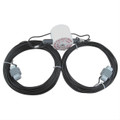
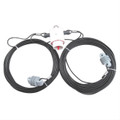

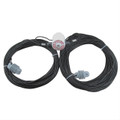



 All prices are in
All prices are in